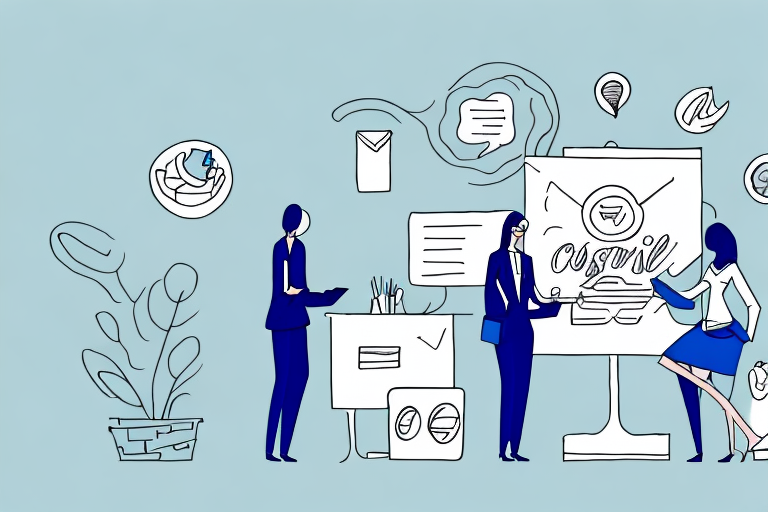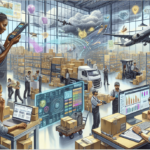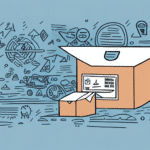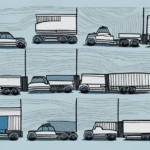Understanding Customer Exception Request Numbers (CERN)
In the customer service industry, Customer Exception Request Numbers (CERN) play a pivotal role in managing and resolving unique customer issues efficiently. But what exactly is a CERN, and why is it essential for businesses aiming to deliver exceptional customer experiences? This article provides an in-depth analysis of CERNs, their importance, and best practices for generating and managing them effectively.
What is a Customer Exception Request Number?
A Customer Exception Request Number (CERN) is a unique identifier assigned to customer complaints or issues that deviate from standard procedures and require special attention. These exceptions help businesses track and manage non-routine customer inquiries, ensuring they are addressed promptly and satisfactorily.
Importance of CERNs in Customer Service
CERNs are crucial for several reasons:
- Efficiency: They streamline the process of handling complex or unusual customer issues.
- Accountability: Assigning a unique number ensures that each case is tracked and managed by designated personnel.
- Data Analysis: Aggregating CERN data helps identify recurring problems and areas for improvement.
- Customer Trust: Demonstrates to customers that their concerns are taken seriously and handled with priority.
According to a [Zendesk report](https://www.zendesk.com/resources/customer-service-exception-management/), effective exception management can reduce resolution time by up to 30%, significantly enhancing customer satisfaction.
Key Elements of an Effective CERN System
Implementing a robust CERN system involves several critical components:
Comprehensive Data Collection
Each CERN should capture detailed information, including:
- Customer’s name and contact information
- Date and time of the incident
- Detailed description of the issue
- Priority level and severity
- Assigned personnel or team
Clear Assignment and Accountability
Assigning each CERN to a specific individual or team ensures accountability. This responsibility includes overseeing the resolution process and maintaining communication with the customer.
Efficient Communication Channels
Establishing clear communication channels between the customer and the responsible team is vital. Regular updates and responsiveness to customer inquiries help build trust and ensure transparency throughout the resolution process.
Data Analysis and Continuous Improvement
Analyzing CERN data allows businesses to identify patterns and recurring issues. This analysis can inform strategic decisions to improve products, services, and overall customer experience. For instance, a study by [Harvard Business Review](https://hbr.org/2023/05/customer-service-data-analysis) highlights how data-driven approaches can increase customer retention by 25%.
Step-by-Step Guide to Generating a CERN
Creating a CERN involves a systematic approach to ensure all necessary information is captured and the issue is resolved efficiently. Follow these steps to generate a CERN for your customers:
- Assess the Issue: Determine the severity and whether it qualifies as an exception.
- Gather Information: Collect all relevant details from the customer.
- Assign Responsibility: Allocate the CERN to the appropriate individual or team.
- Establish Communication: Inform the customer about the CERN and set expectations for updates.
- Monitor and Resolve: Track the resolution process and ensure timely closure of the CERN.
- Analyze and Improve: Review the resolved CERN to identify lessons learned and implement improvements.
It’s important to note that not all customer issues require a CERN. Minor issues that can be resolved quickly should be handled without formal exception handling to maintain efficiency.
Best Practices for Managing CERNs
Consistency and Accuracy
Maintaining consistency and accuracy in CERN creation is essential. Ensure that all staff members are trained on the CERN process and understand the importance of capturing complete and accurate information.
Regular Training and Updates
Provide ongoing training to your customer service team to keep them updated on the latest procedures and tools for managing CERNs effectively.
Utilize Technology
Implementing Customer Relationship Management (CRM) software can streamline CERN management by automating assignment, tracking, and reporting processes. Tools like [Salesforce](https://www.salesforce.com/crm/) and [Zendesk](https://www.zendesk.com/product/) offer robust features for managing customer exceptions.
Customer Feedback Integration
Encourage customers to provide feedback on the CERN process. This feedback can offer valuable insights into areas needing improvement and help enhance the overall customer experience.
Performance Monitoring
Regularly monitor key performance metrics related to CERNs to assess the effectiveness of your exception management system. Metrics to track include:
- Average Resolution Time: Time taken to resolve a CERN.
- Customer Satisfaction Scores: Feedback from customers post-resolution.
- Frequency of Recurring Issues: Identifying common problems that may require systemic changes.
Improving Customer Service with CERNs
Effectively managing CERNs can lead to significant improvements in your customer service process:
Enhanced Customer Satisfaction
By addressing exceptions promptly and efficiently, businesses can increase customer satisfaction and loyalty. Satisfied customers are more likely to remain loyal and recommend your services to others.
Operational Efficiency
A well-structured CERN system can streamline operations, reducing the time and resources required to handle complex issues. This efficiency allows businesses to focus on continuous improvement and strategic initiatives.
Strategic Insights
Analyzing CERN data provides actionable insights into customer behavior and preferences. These insights can inform product development, service enhancements, and marketing strategies, driving overall business growth.
Future Trends in Customer Exception Management
The landscape of customer service is continually evolving, with technology playing a significant role in shaping future trends:
Artificial Intelligence and Machine Learning
AI and machine learning can enhance CERN management by predicting potential exceptions and automating routine tasks. These technologies enable more proactive and personalized customer service, improving resolution times and customer satisfaction.
Automation Tools
Automation can streamline the CERN creation and resolution process, reducing manual effort and minimizing errors. Tools that integrate with your CRM can automatically generate CERNs based on predefined criteria.
Advanced Analytics
Advanced analytics provide deeper insights into customer behavior and exception patterns. Leveraging big data can help businesses make informed decisions and implement data-driven strategies to enhance customer service.
Conclusion
Customer Exception Request Numbers are indispensable for effective customer service management. By implementing a robust CERN system, businesses can ensure that unique customer issues are handled efficiently, leading to increased customer satisfaction and loyalty. Embracing best practices, leveraging technology, and continuously analyzing performance metrics are key to optimizing your CERN process and maintaining a competitive edge in the market.
For more insights on enhancing your customer service strategies, visit the [Harvard Business Review](https://hbr.org/) and [Zendesk Resources](https://www.zendesk.com/resources/).




















